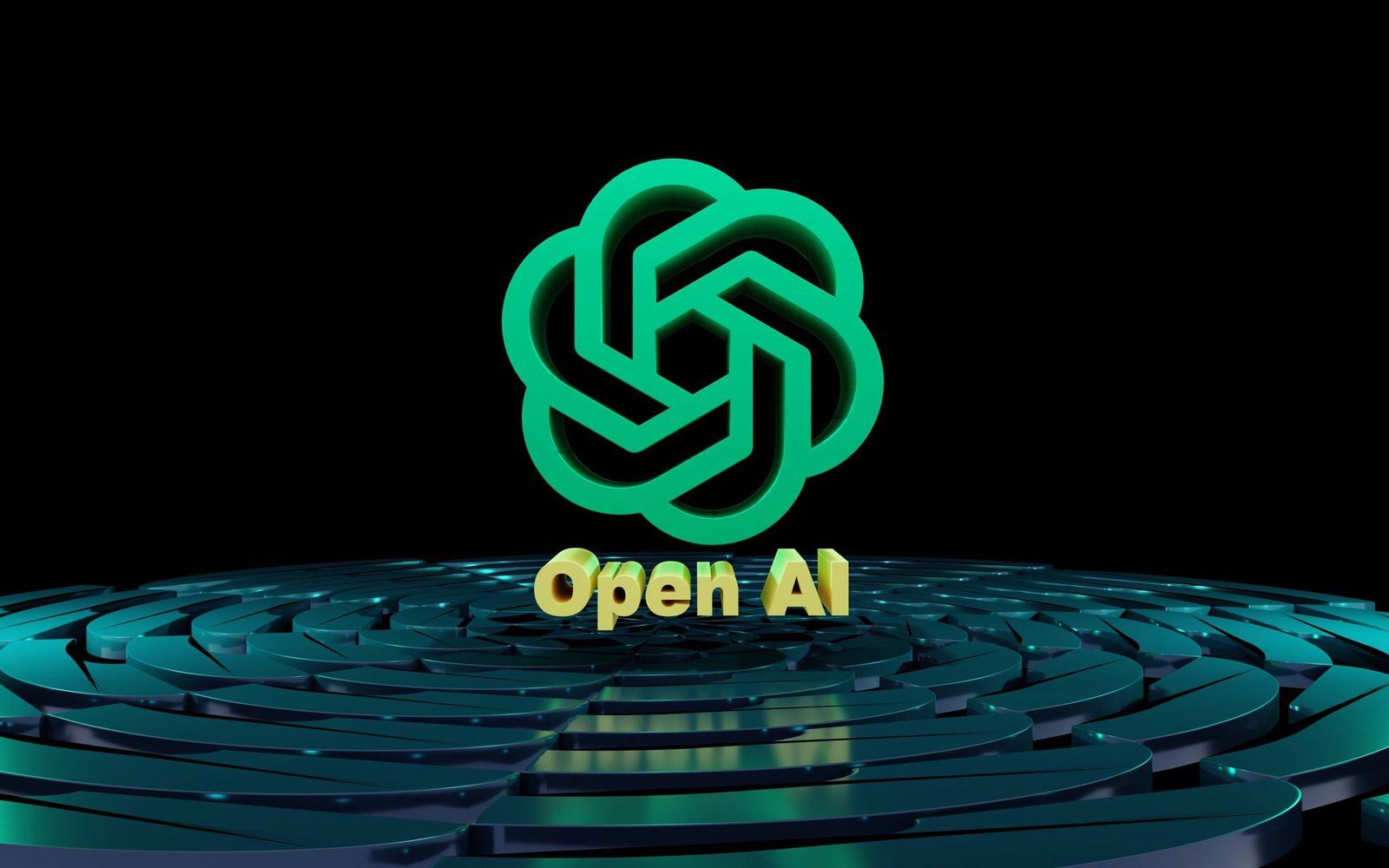Seclists on Github: The Essential Toolkit for Security Testers
Join our daily and weekly newsletters for the latest updates and exclusive content on industry-leading AI, InfoSec coverage. Learn More Introduction to Seclists Seclists serves as a crucial resource within the realm of security testing, offering a comprehensive collection of various lists that support a multitude of security-related assessments. Designed specifically for infosec professionals, Seclists…









